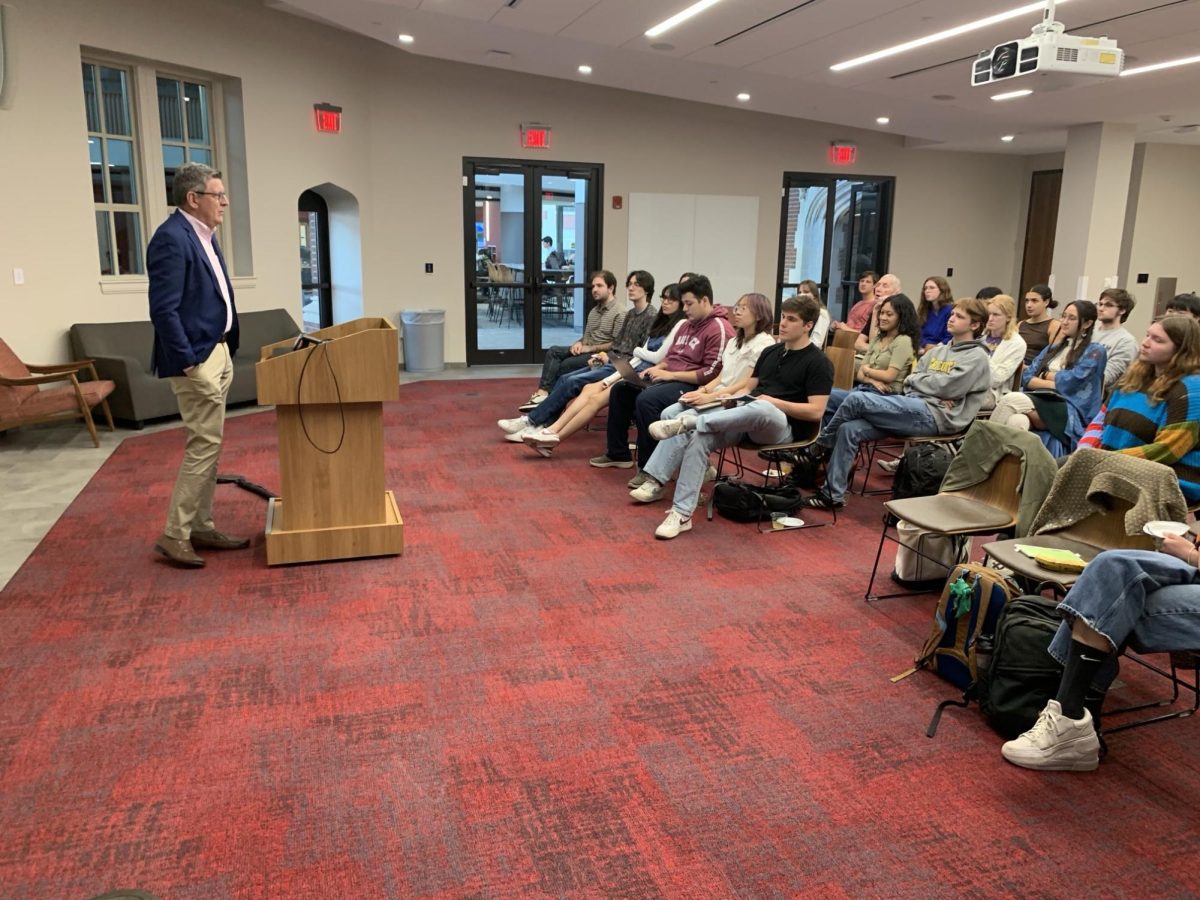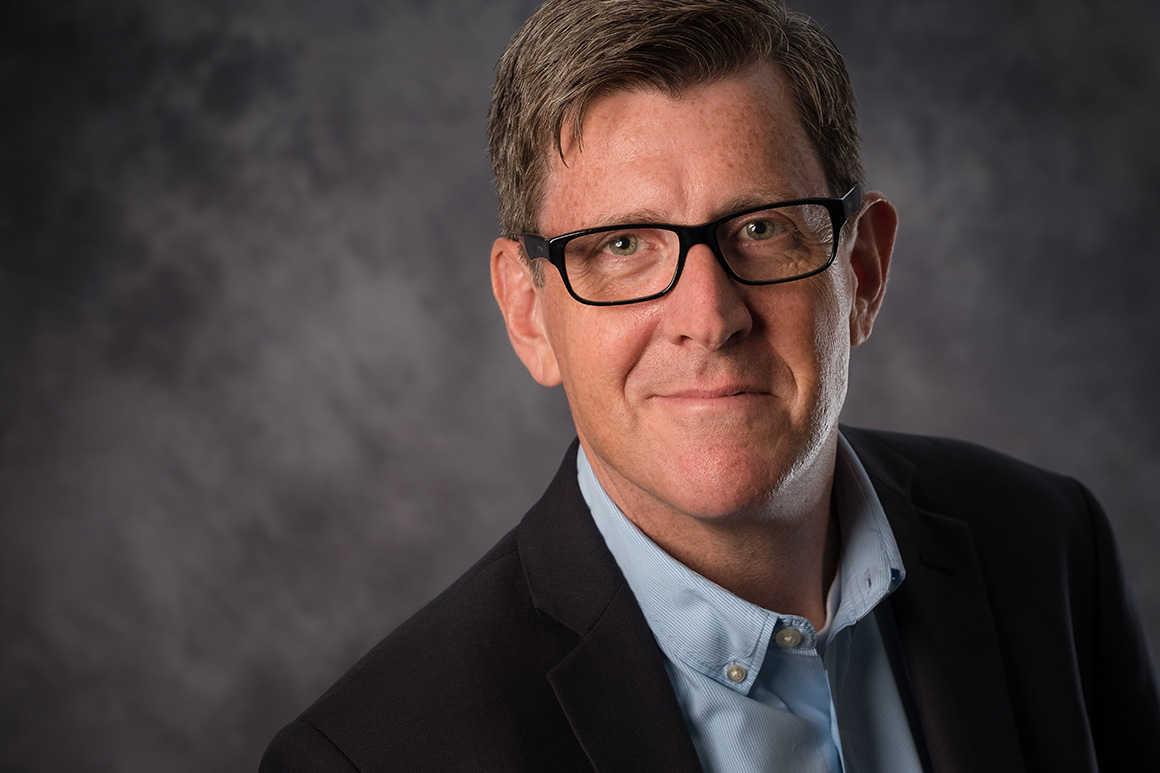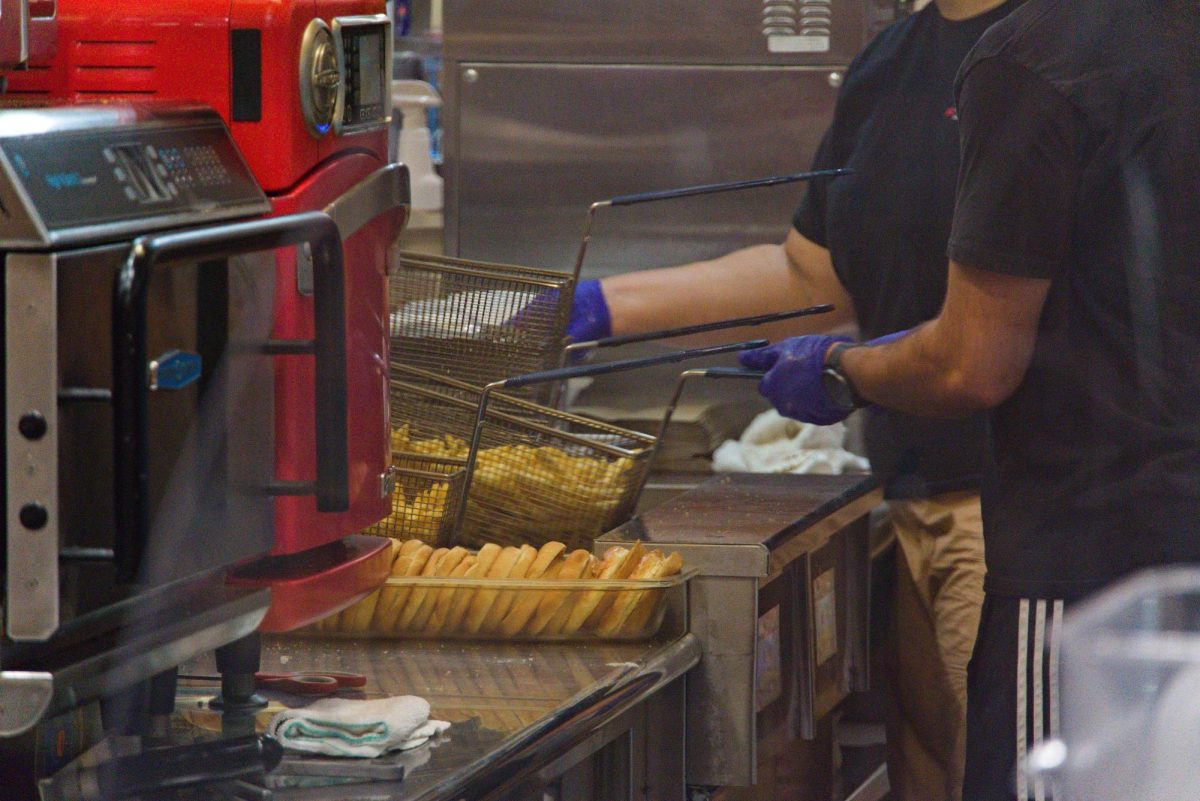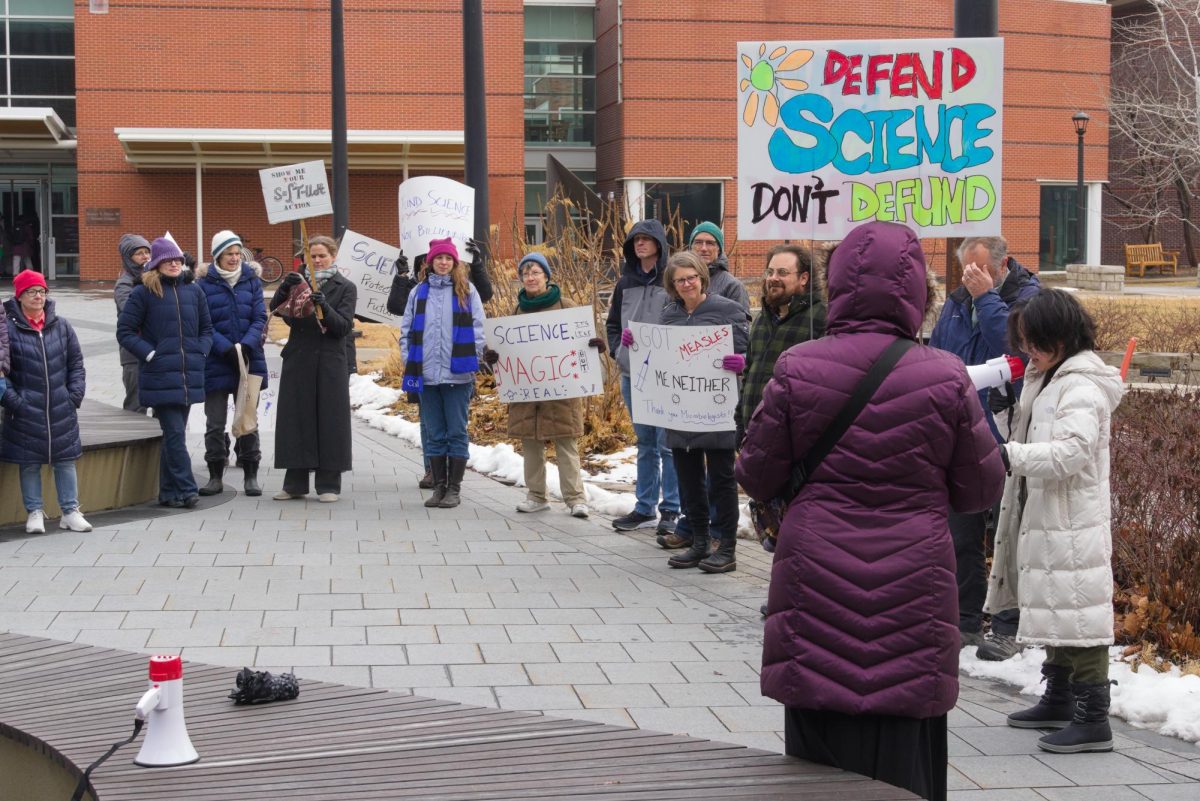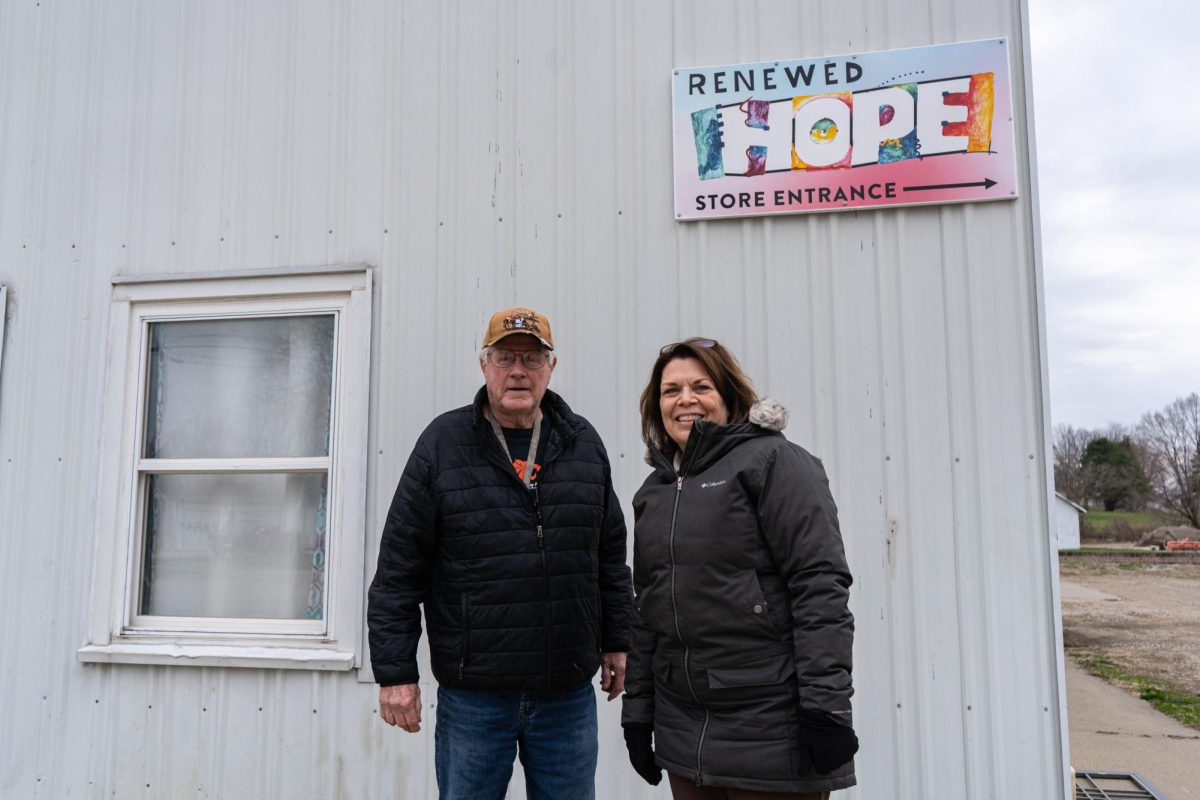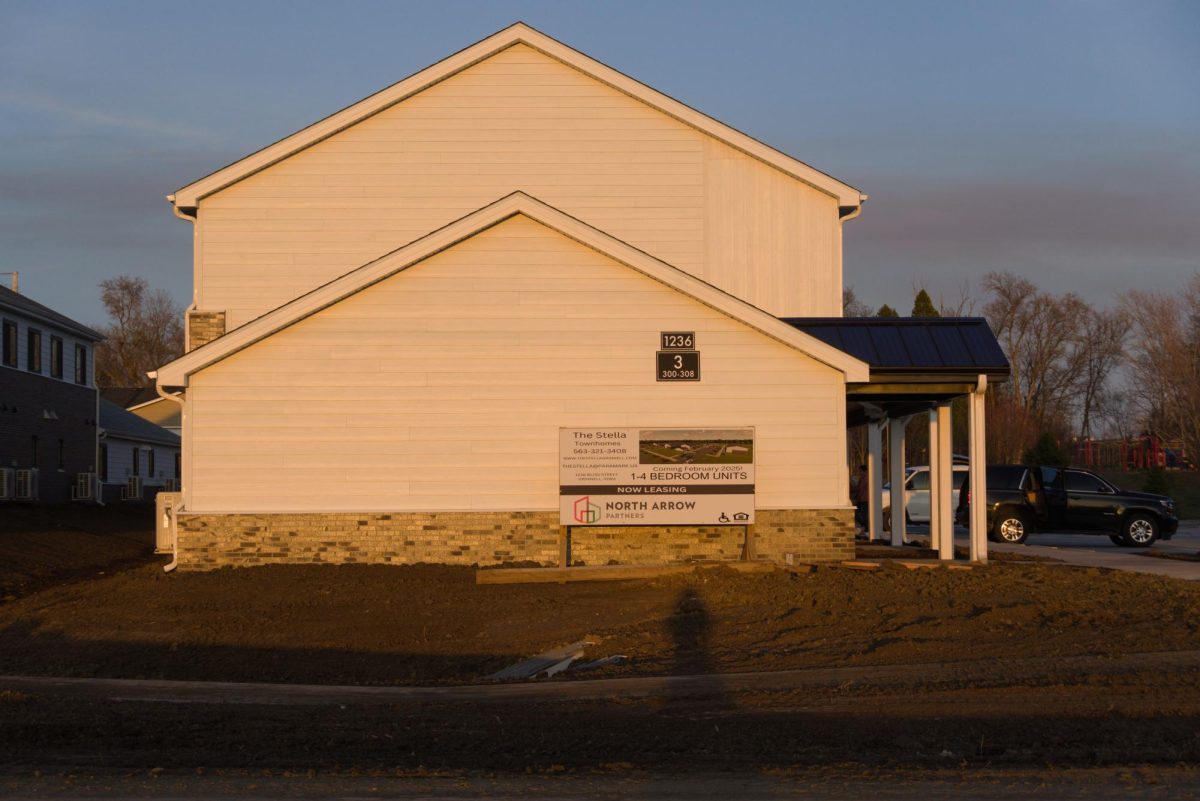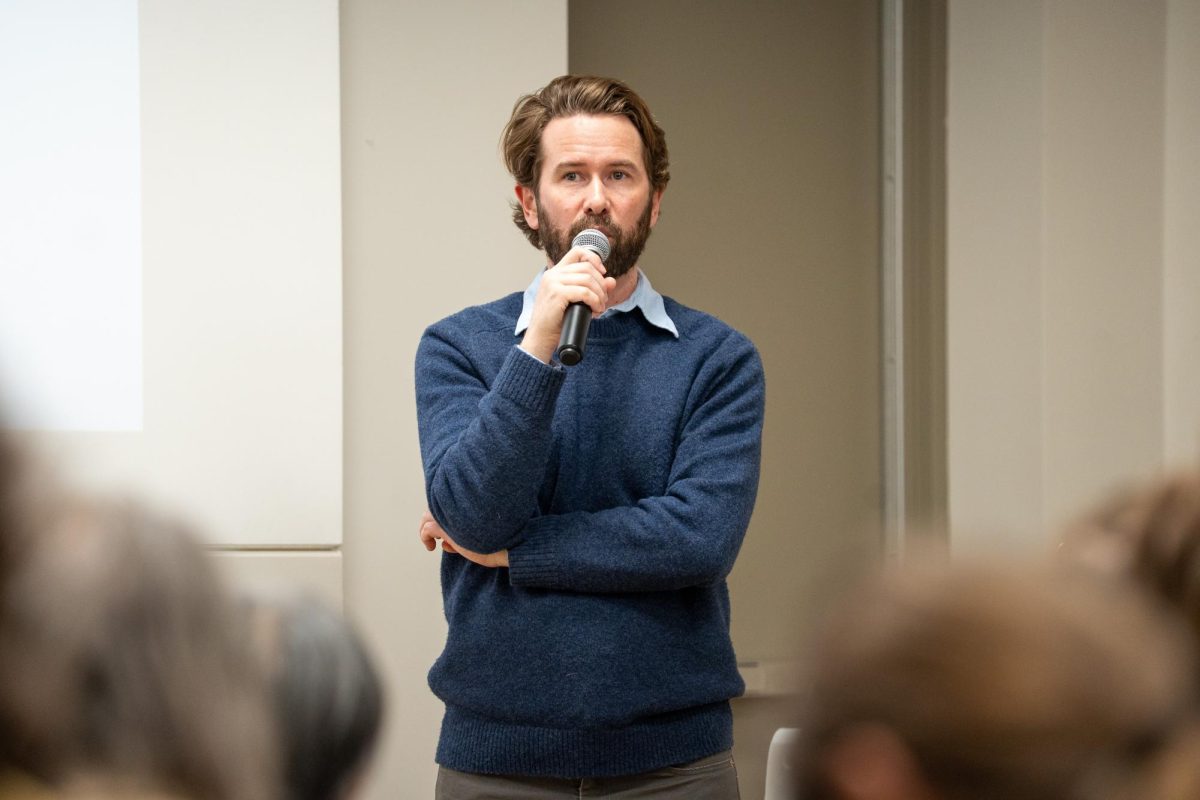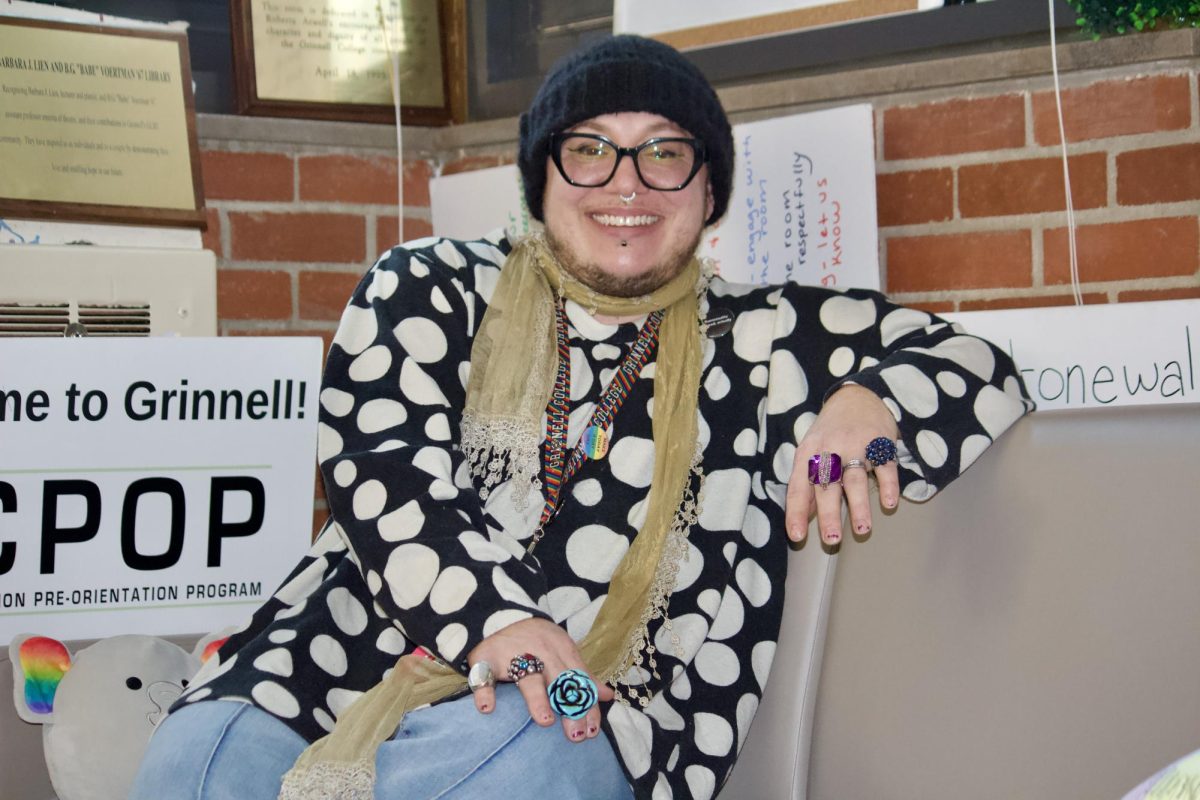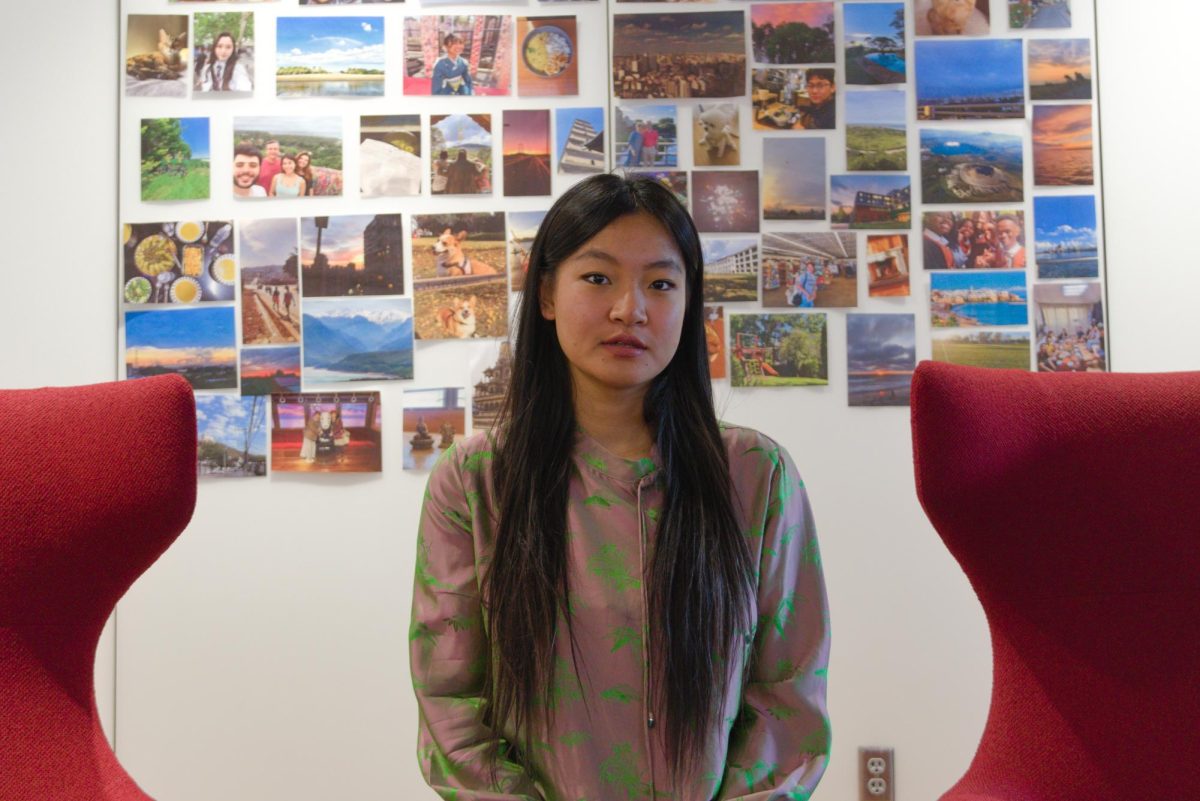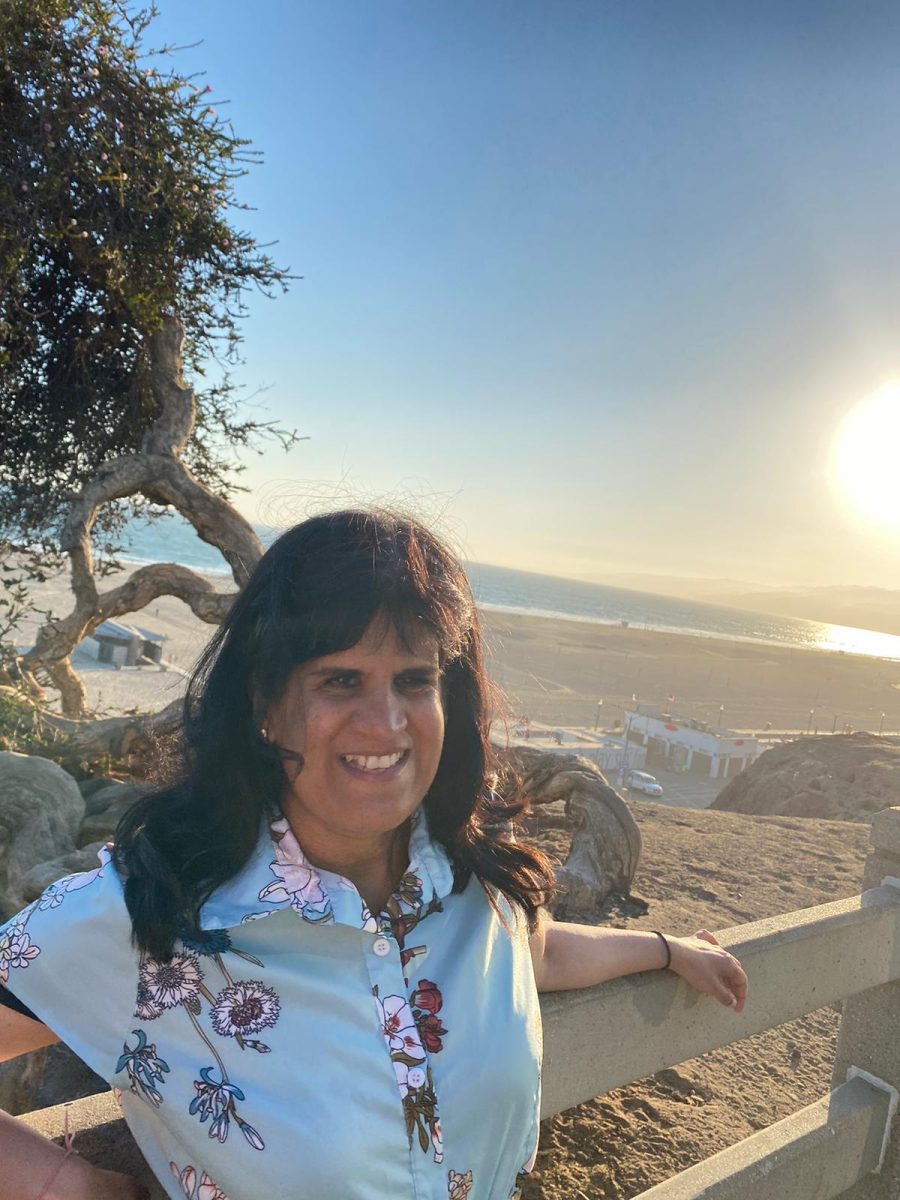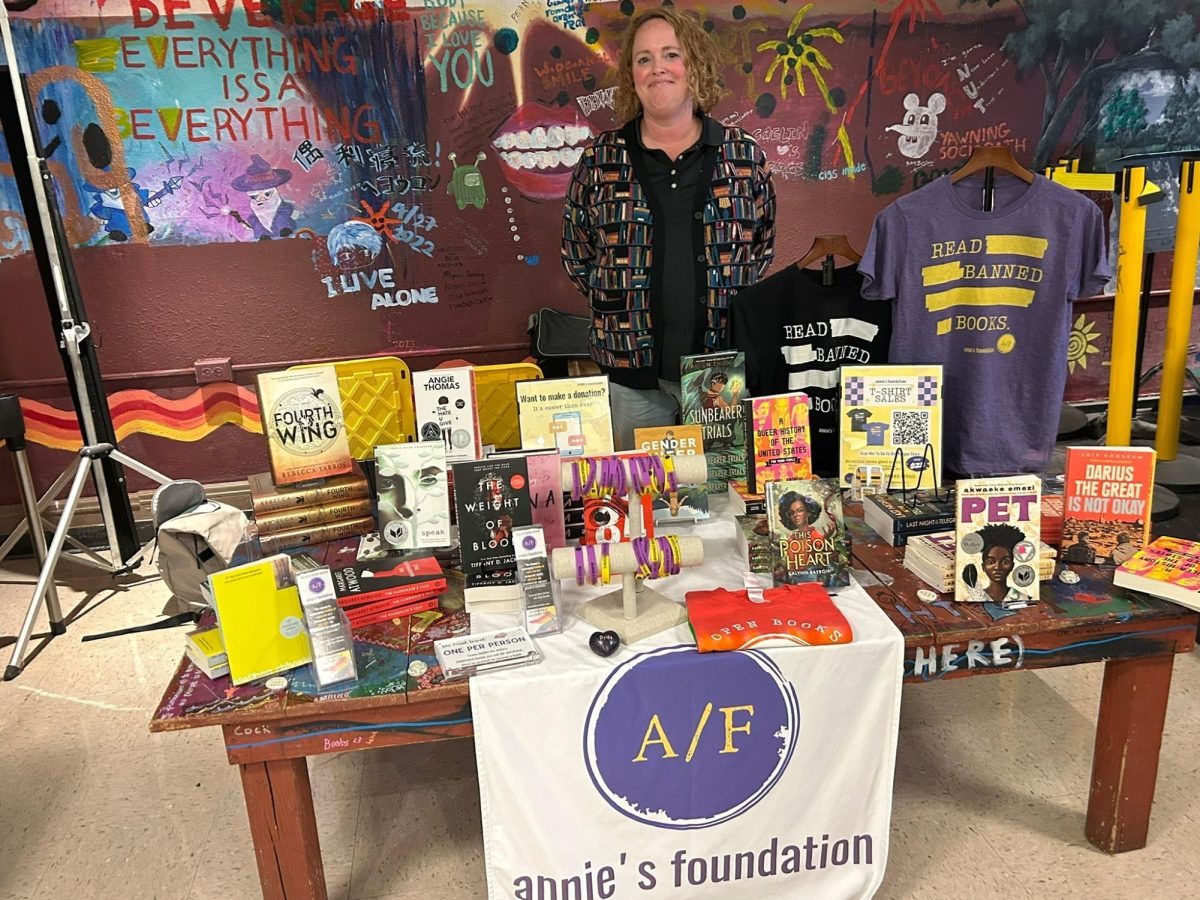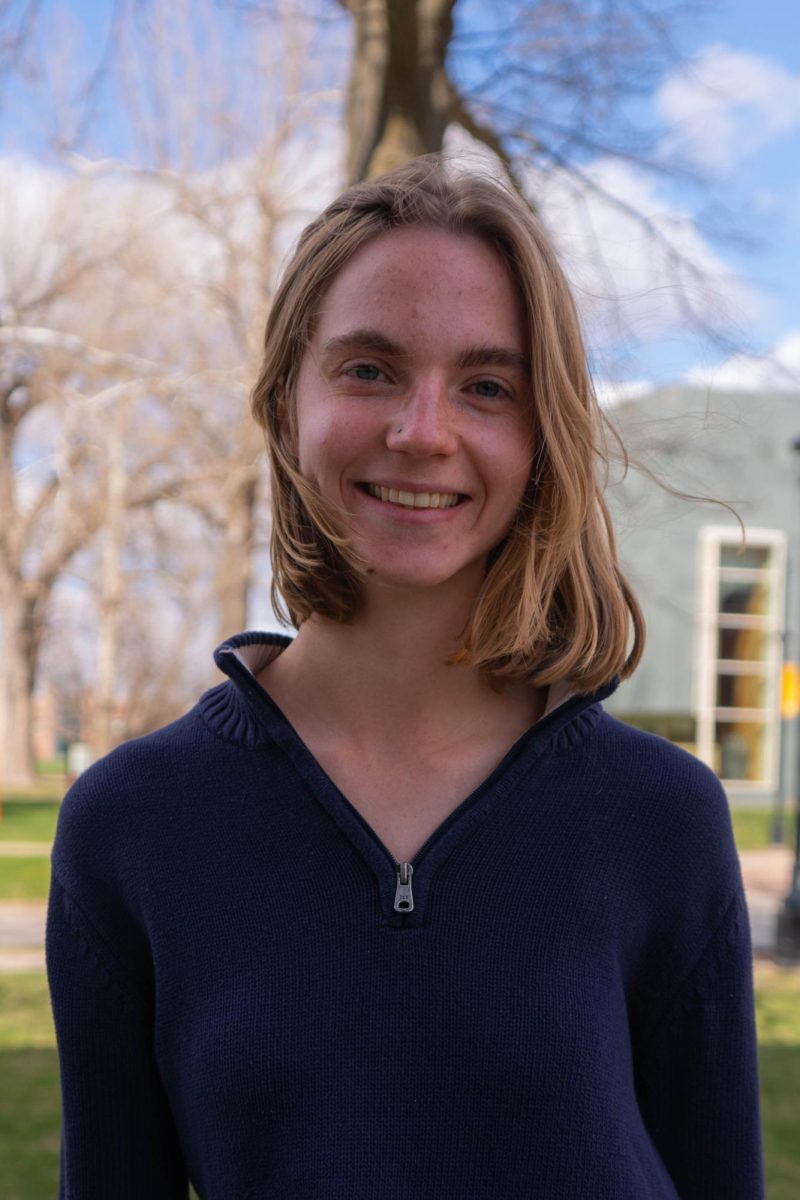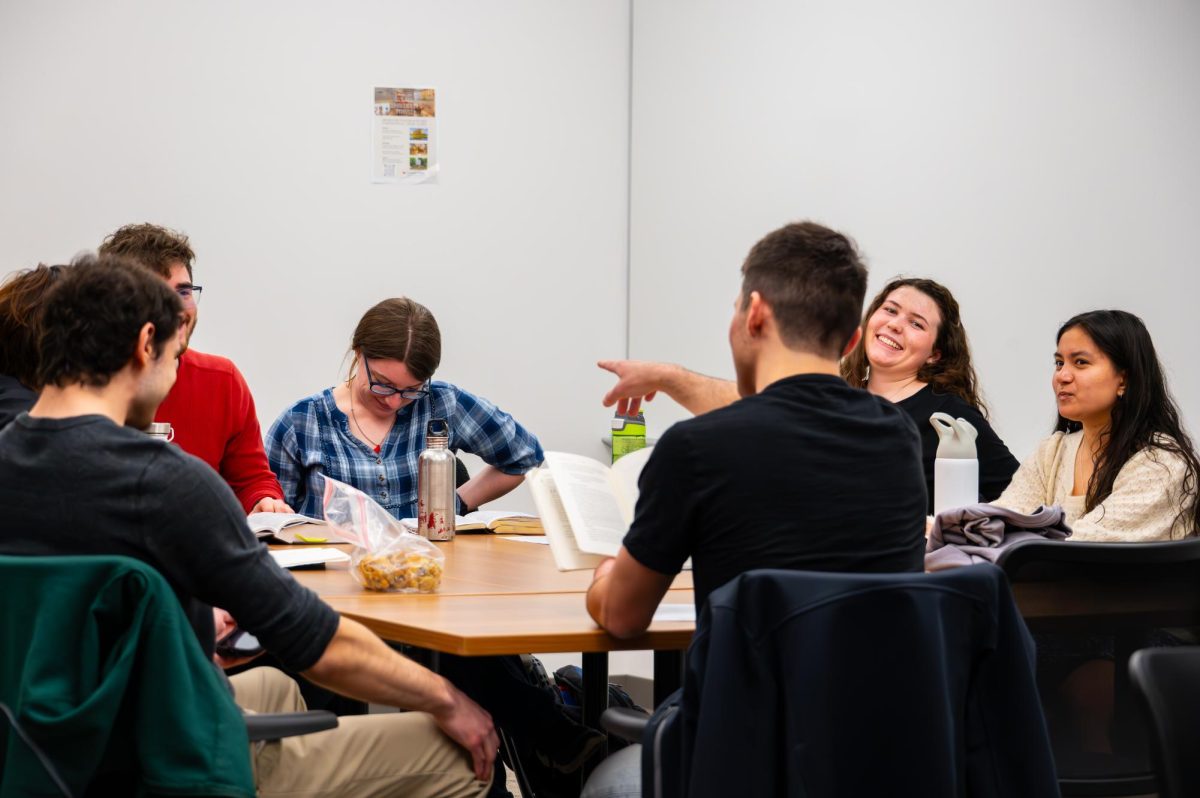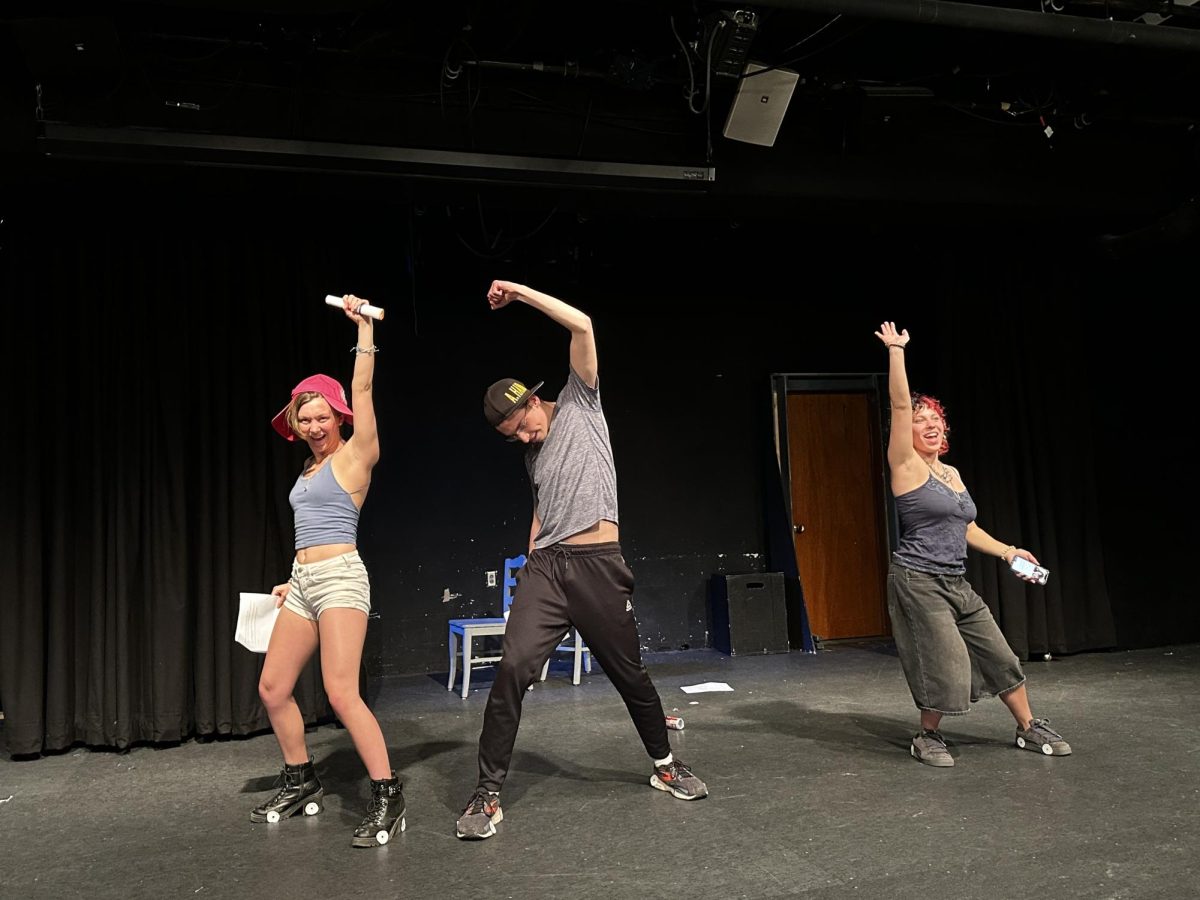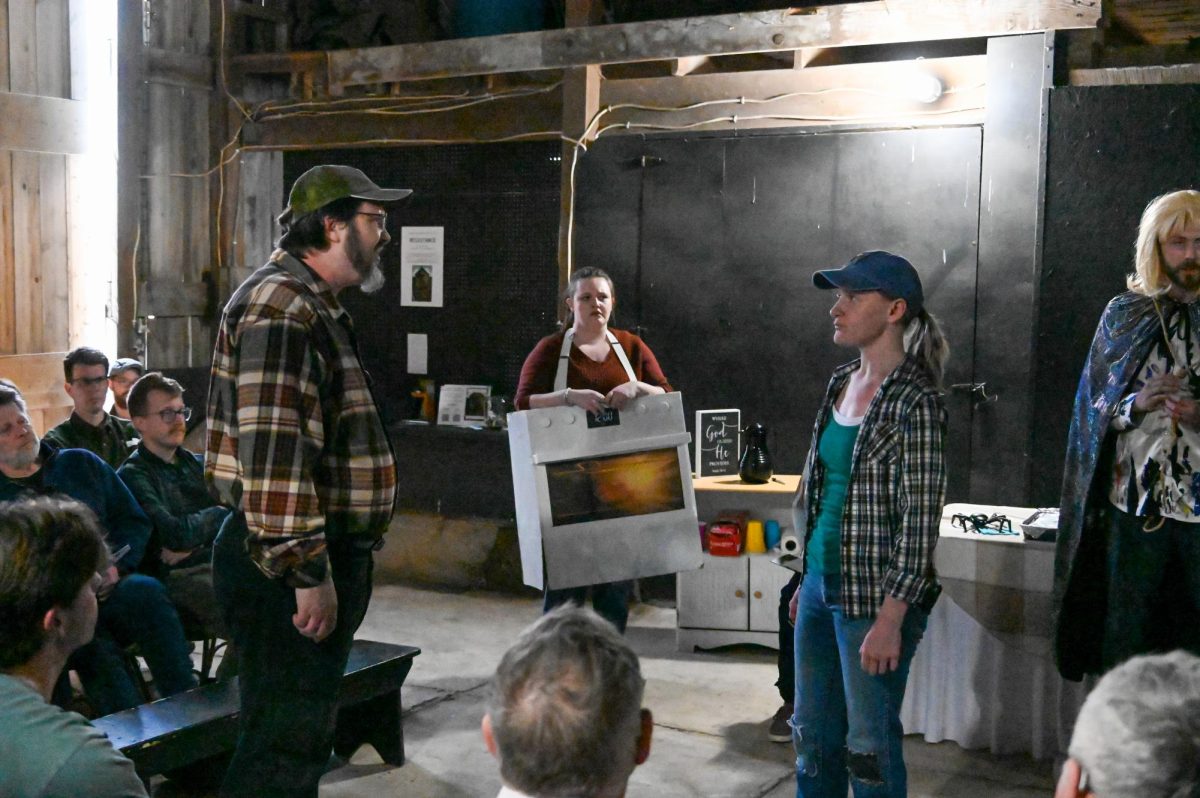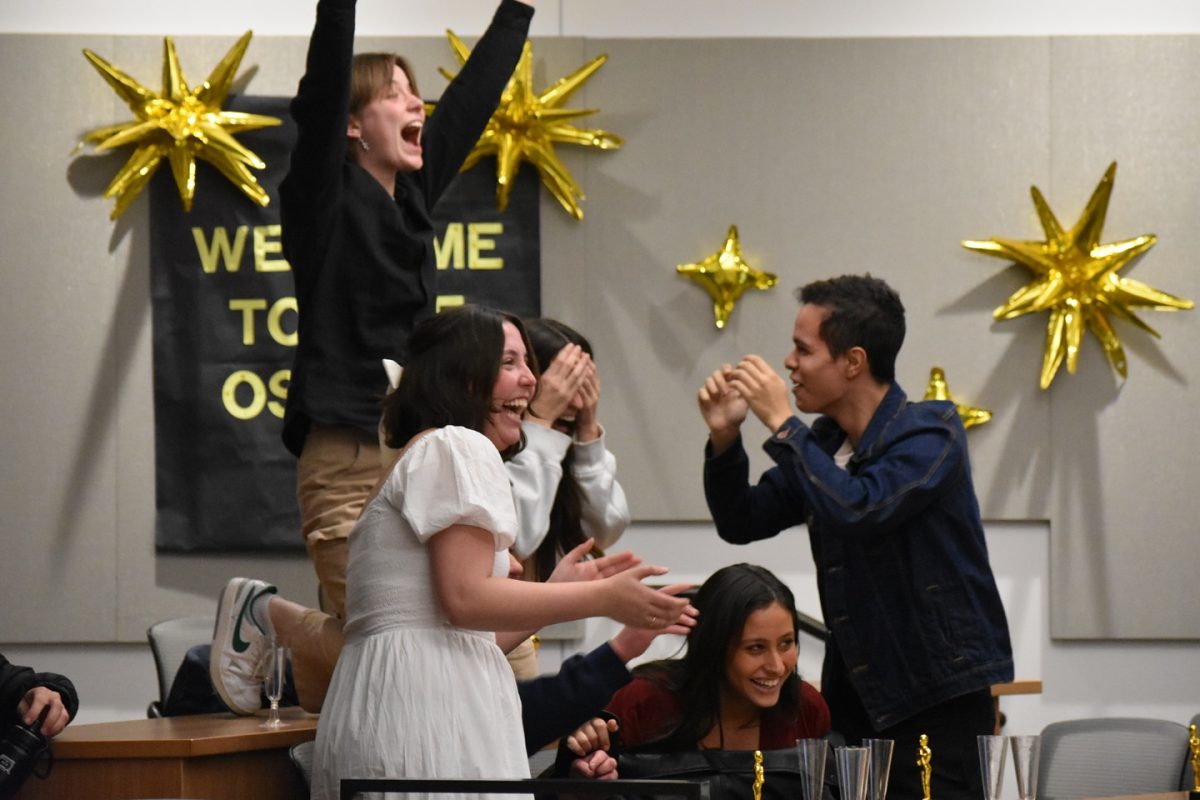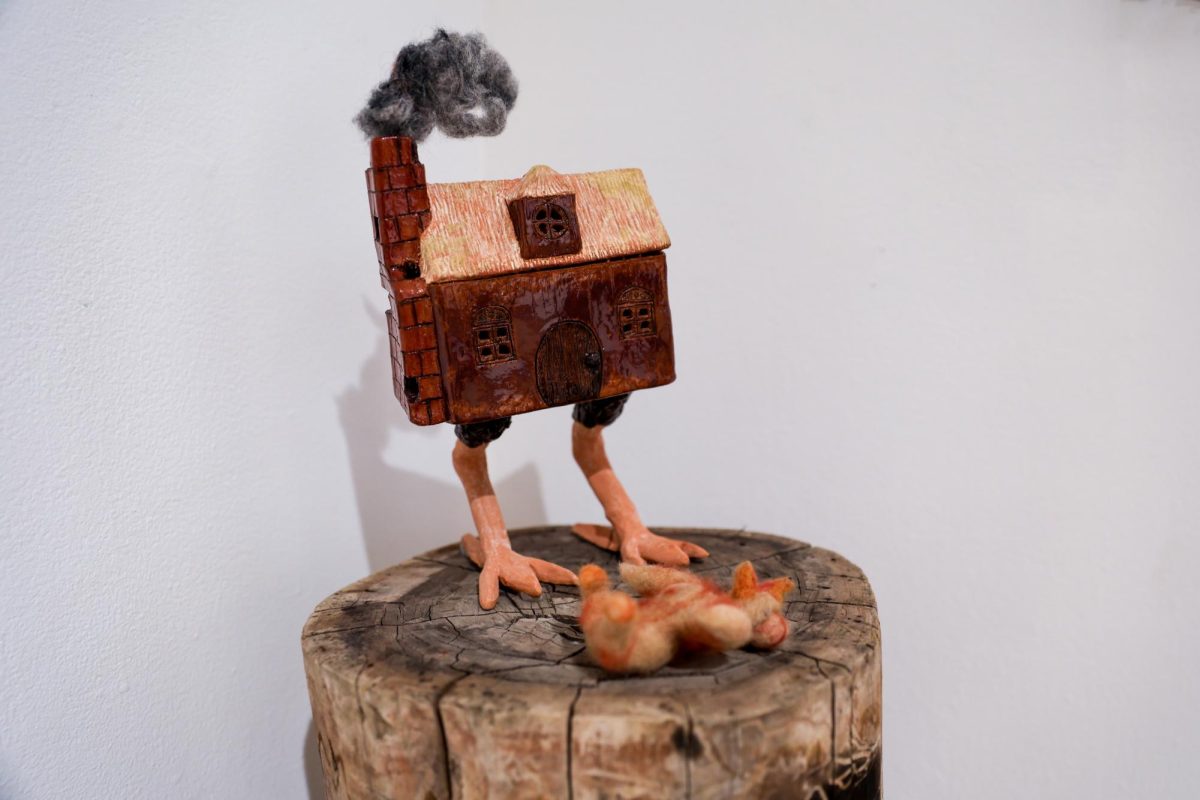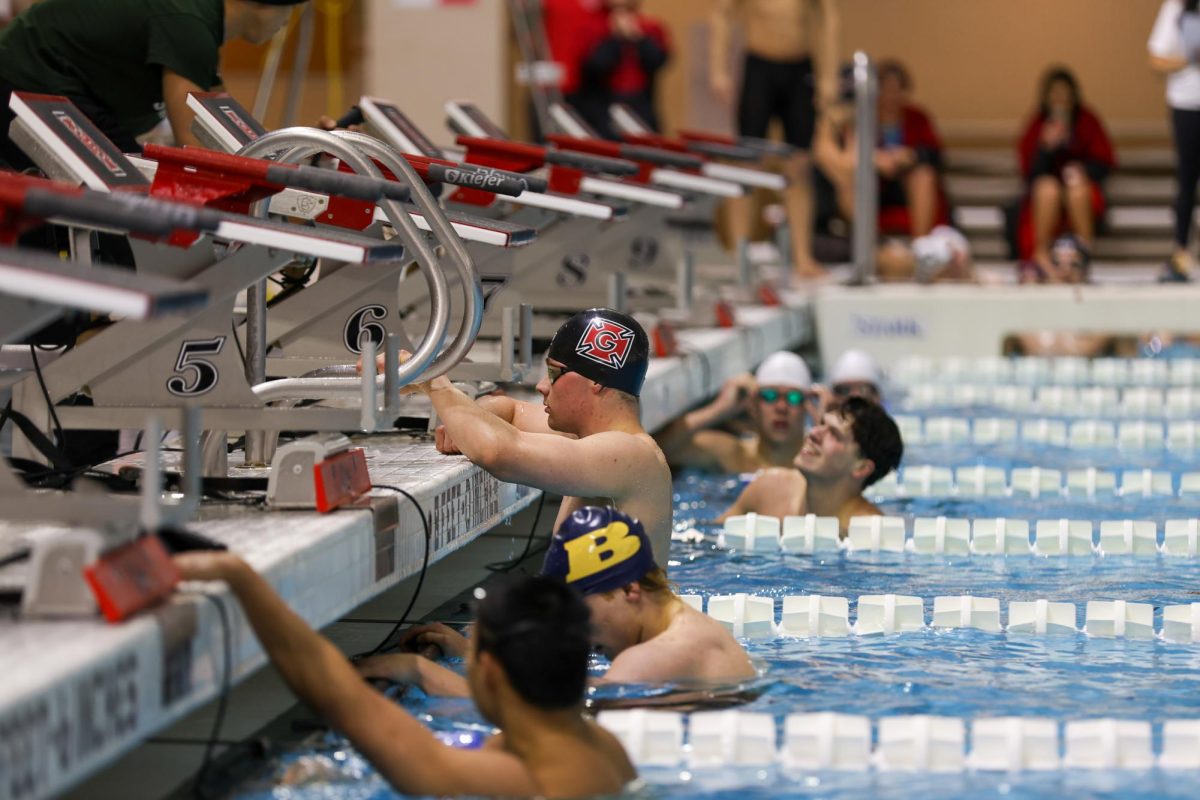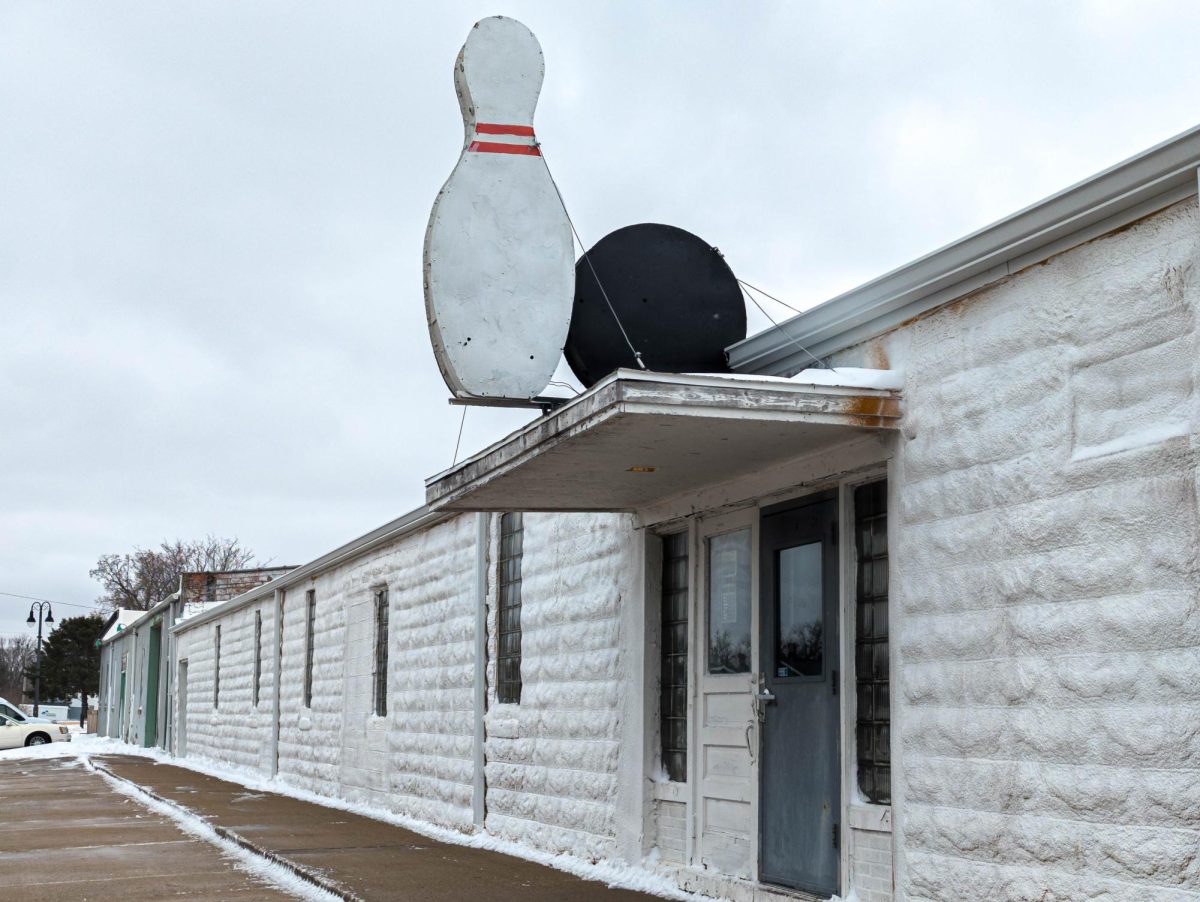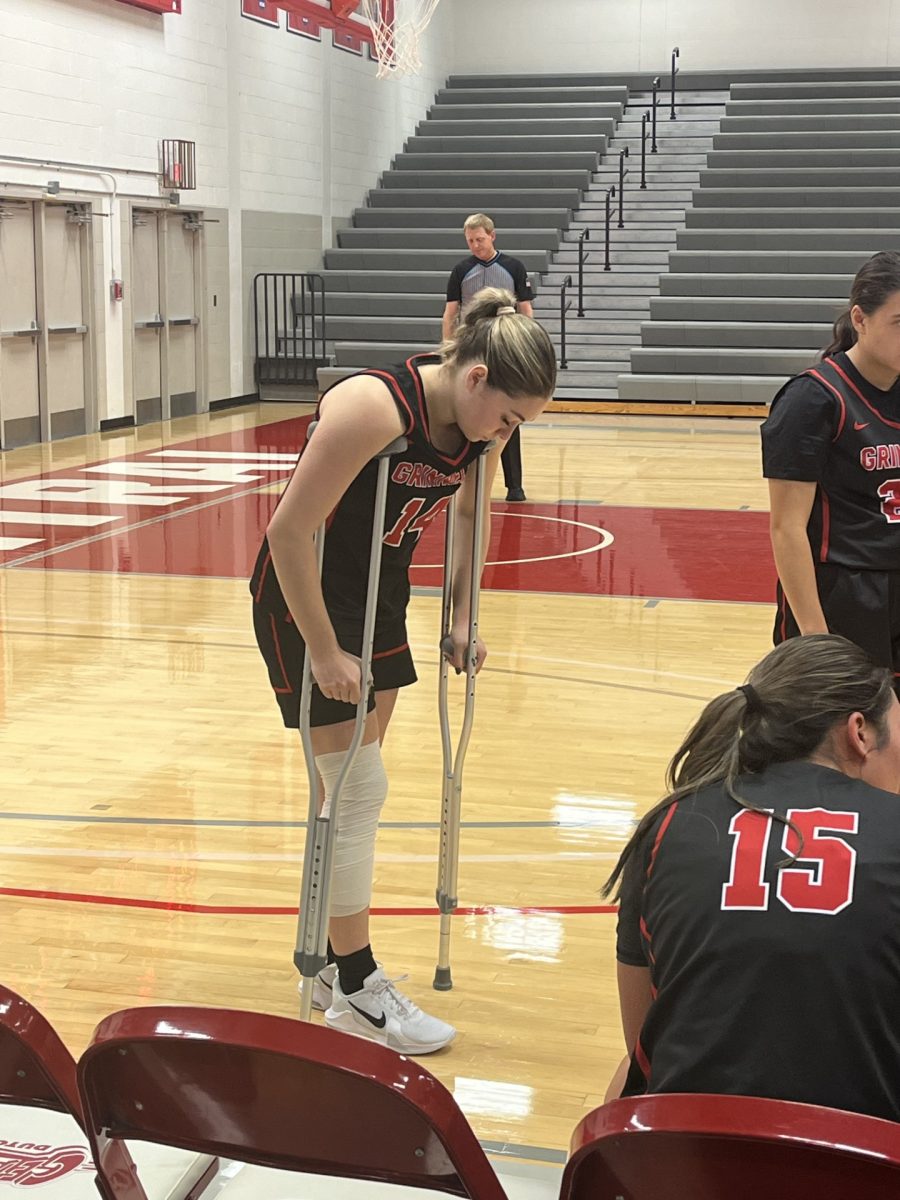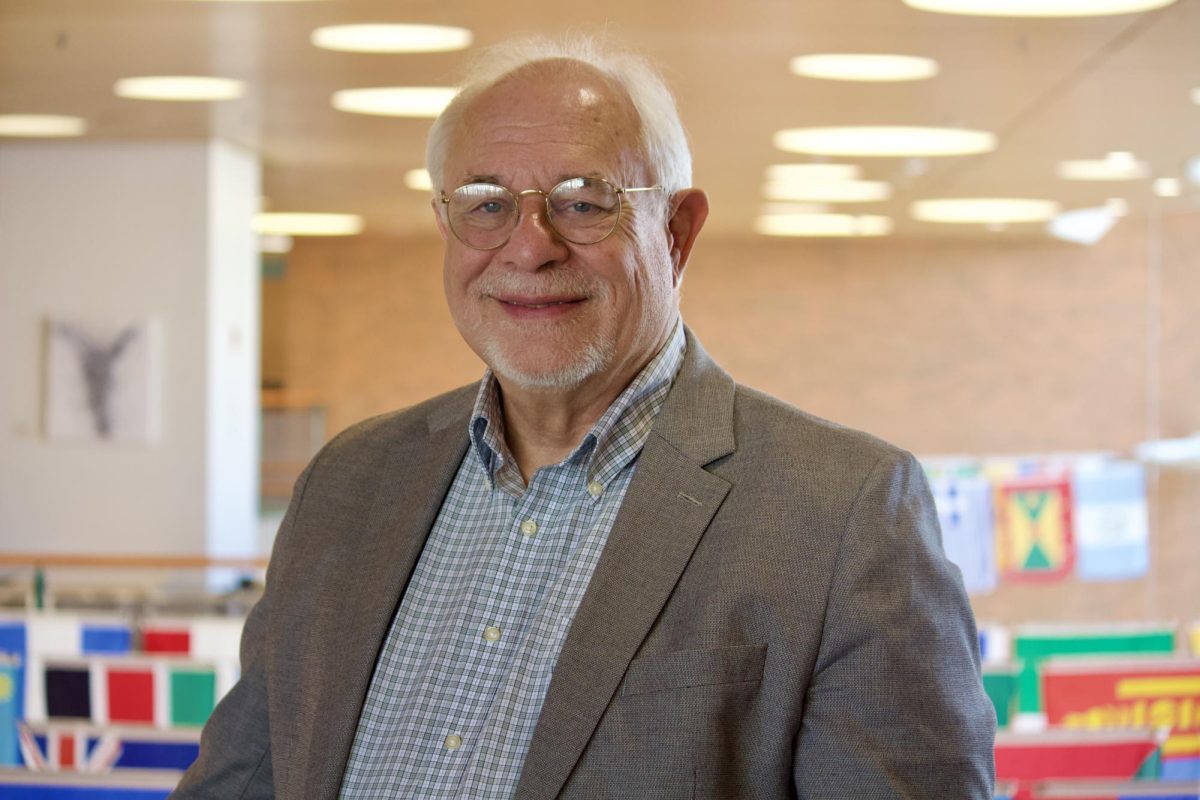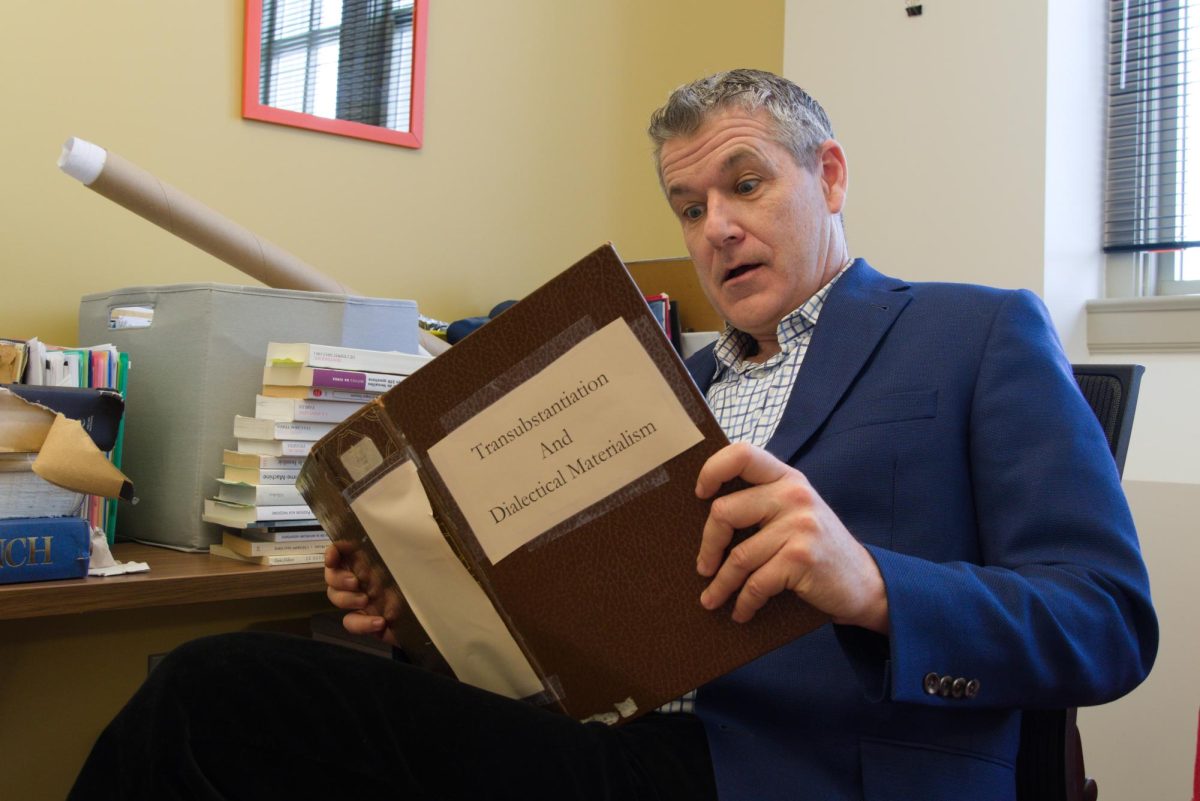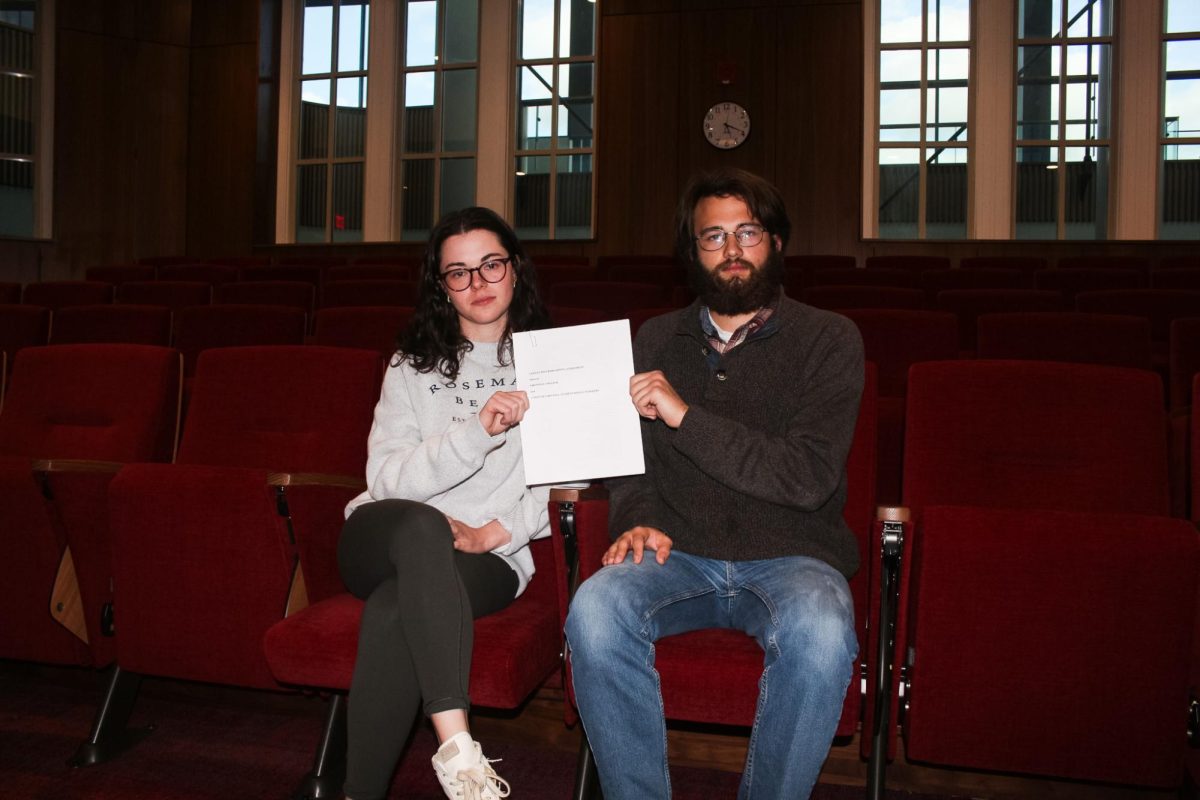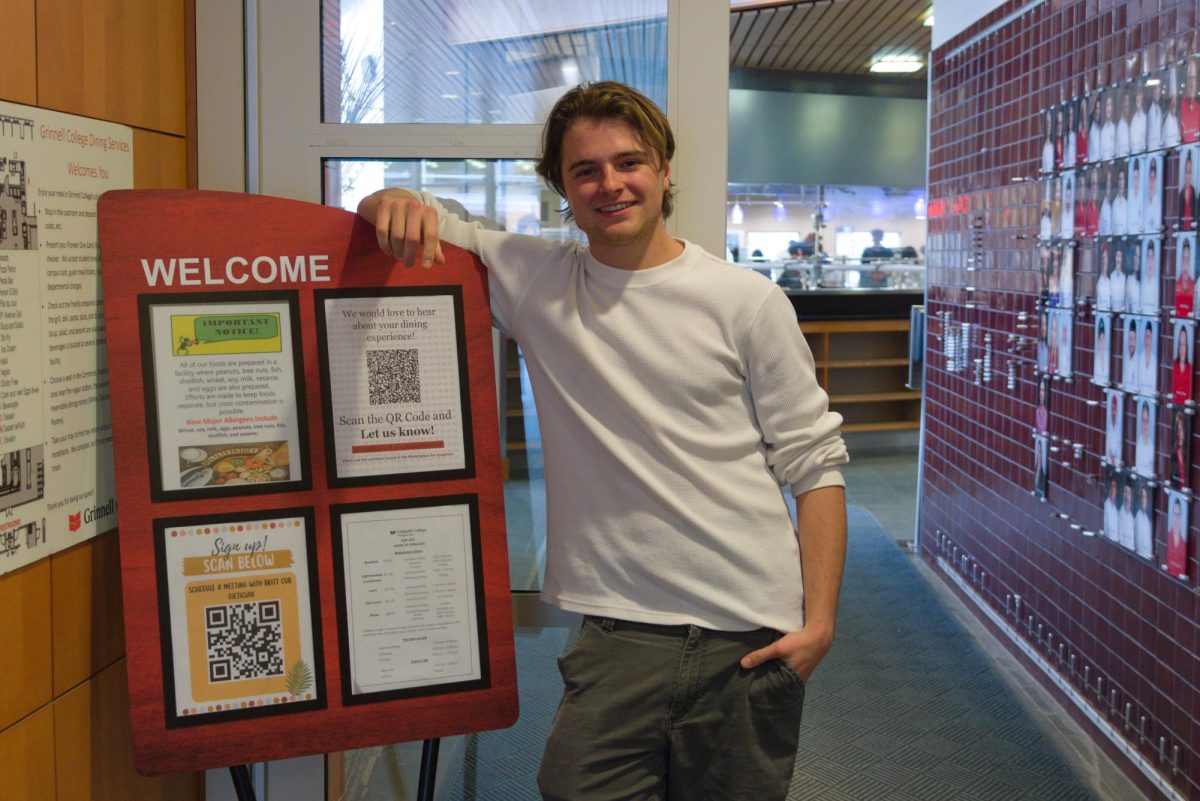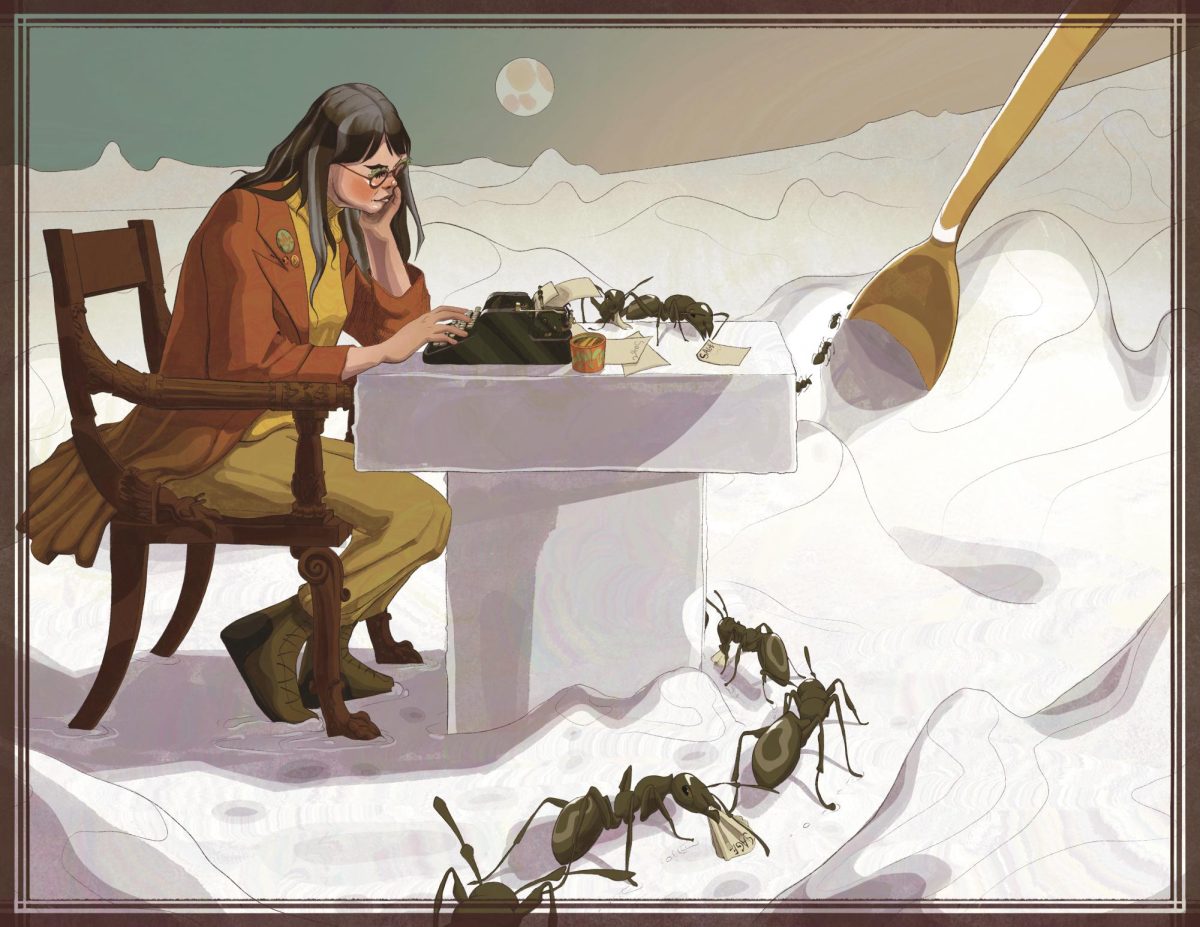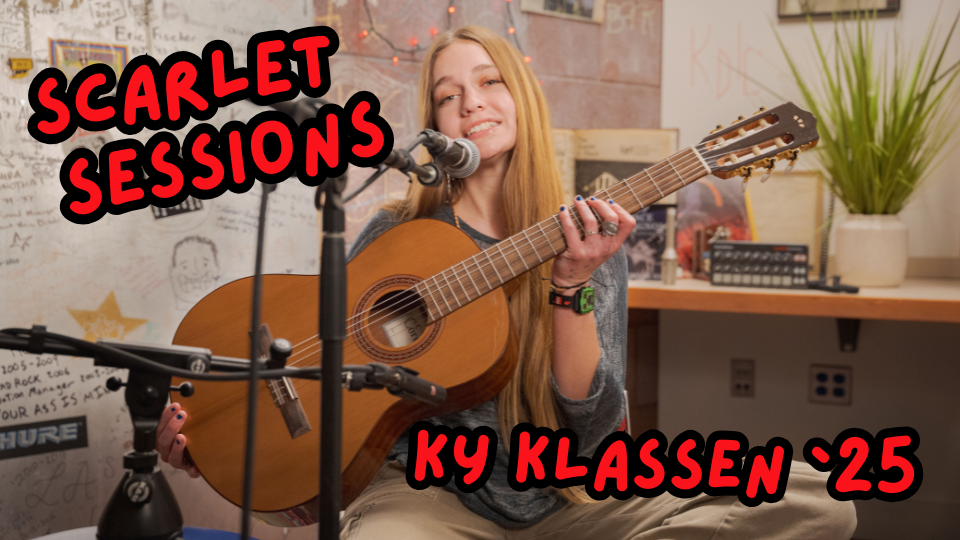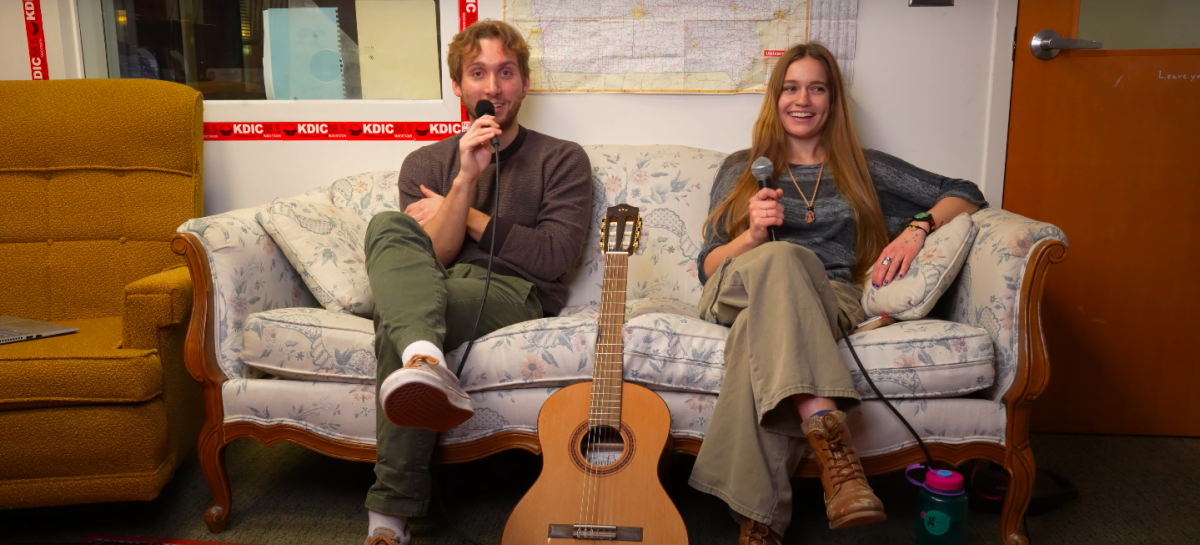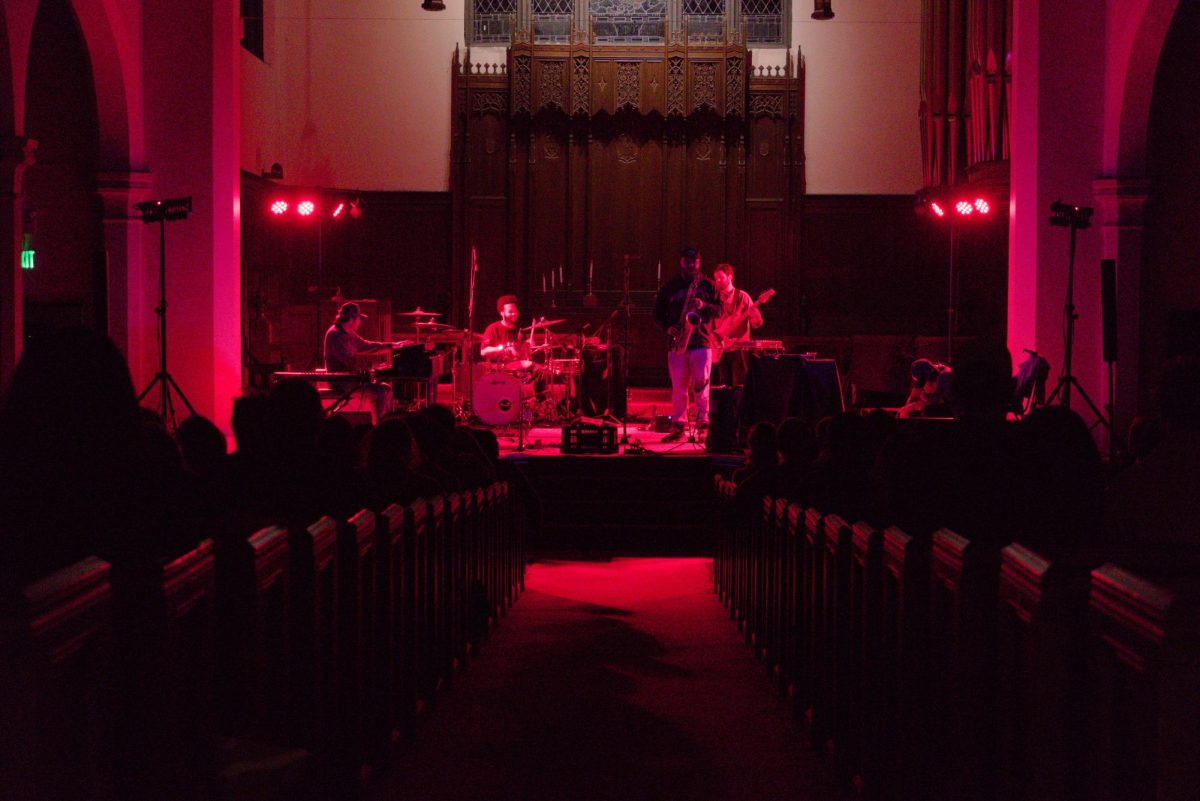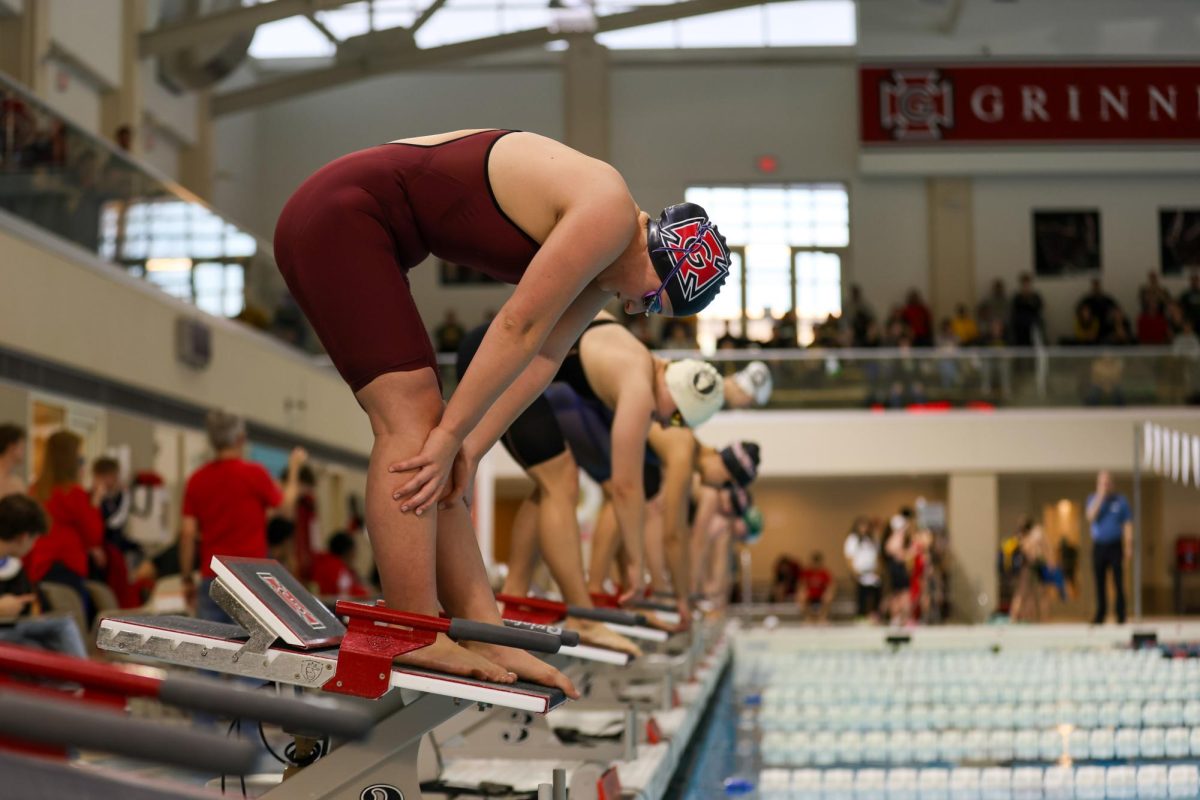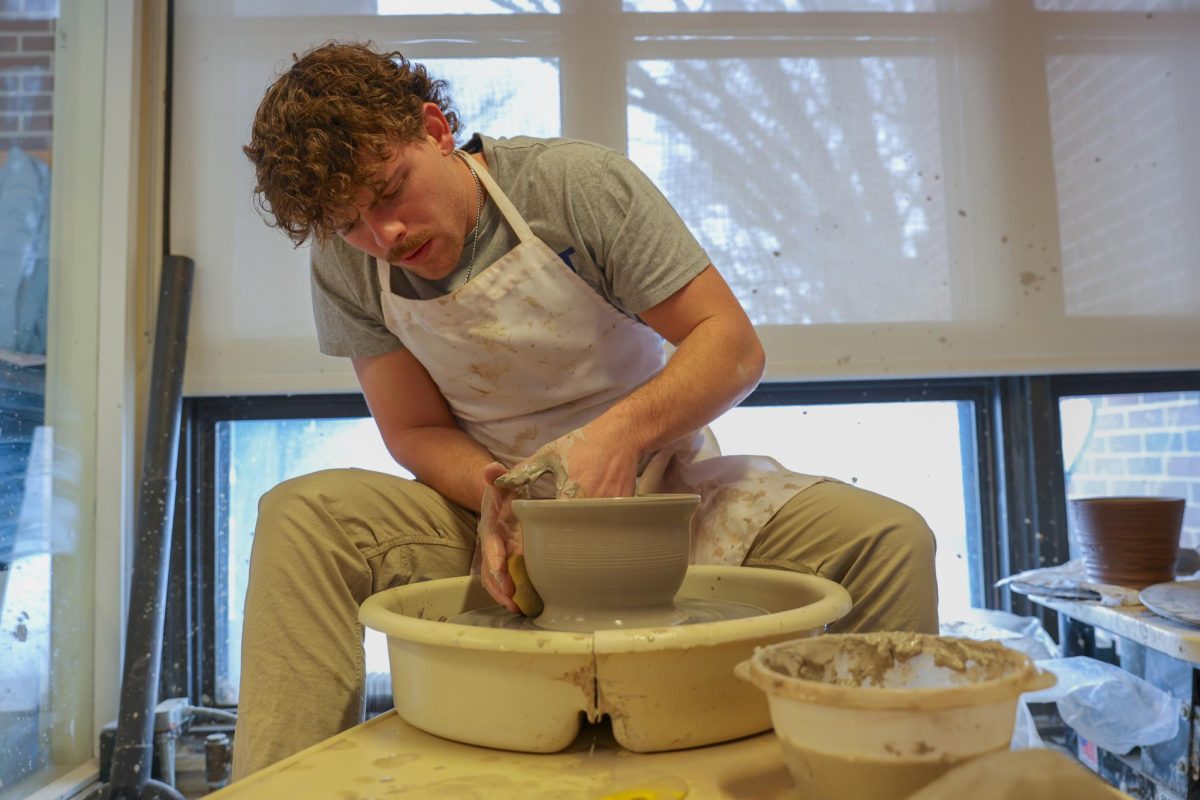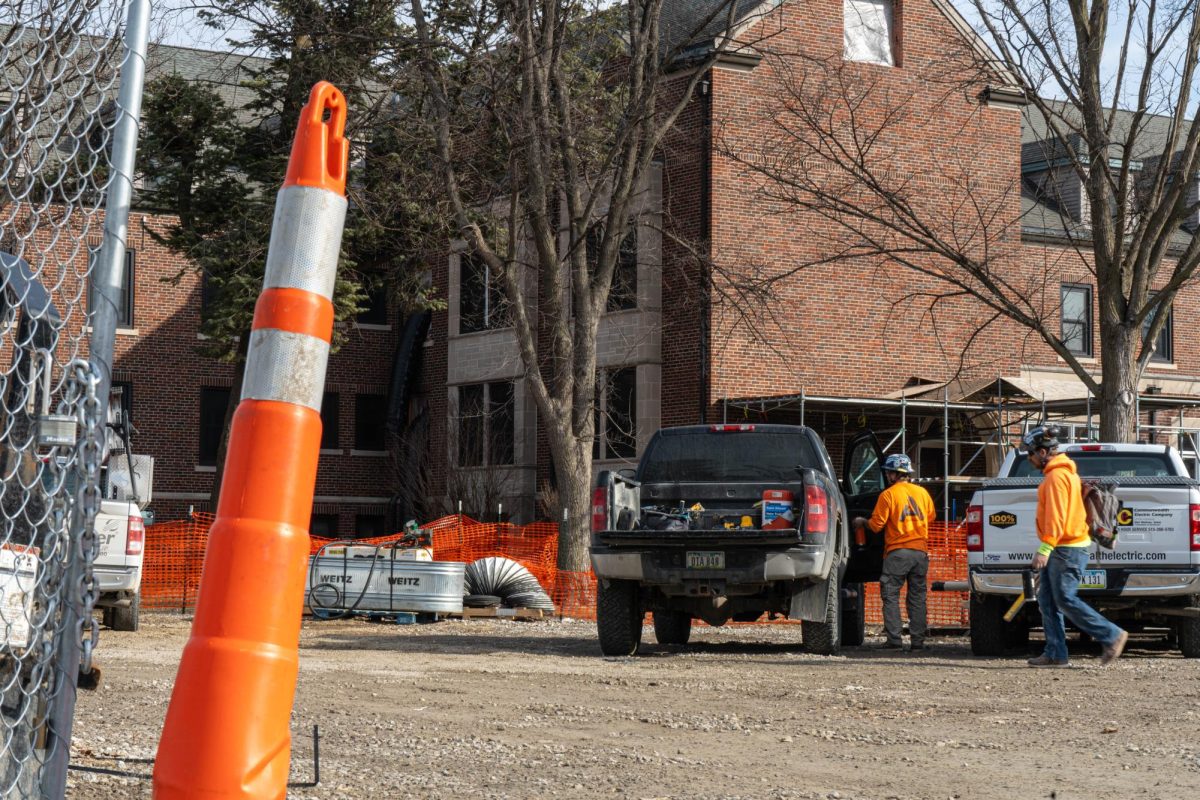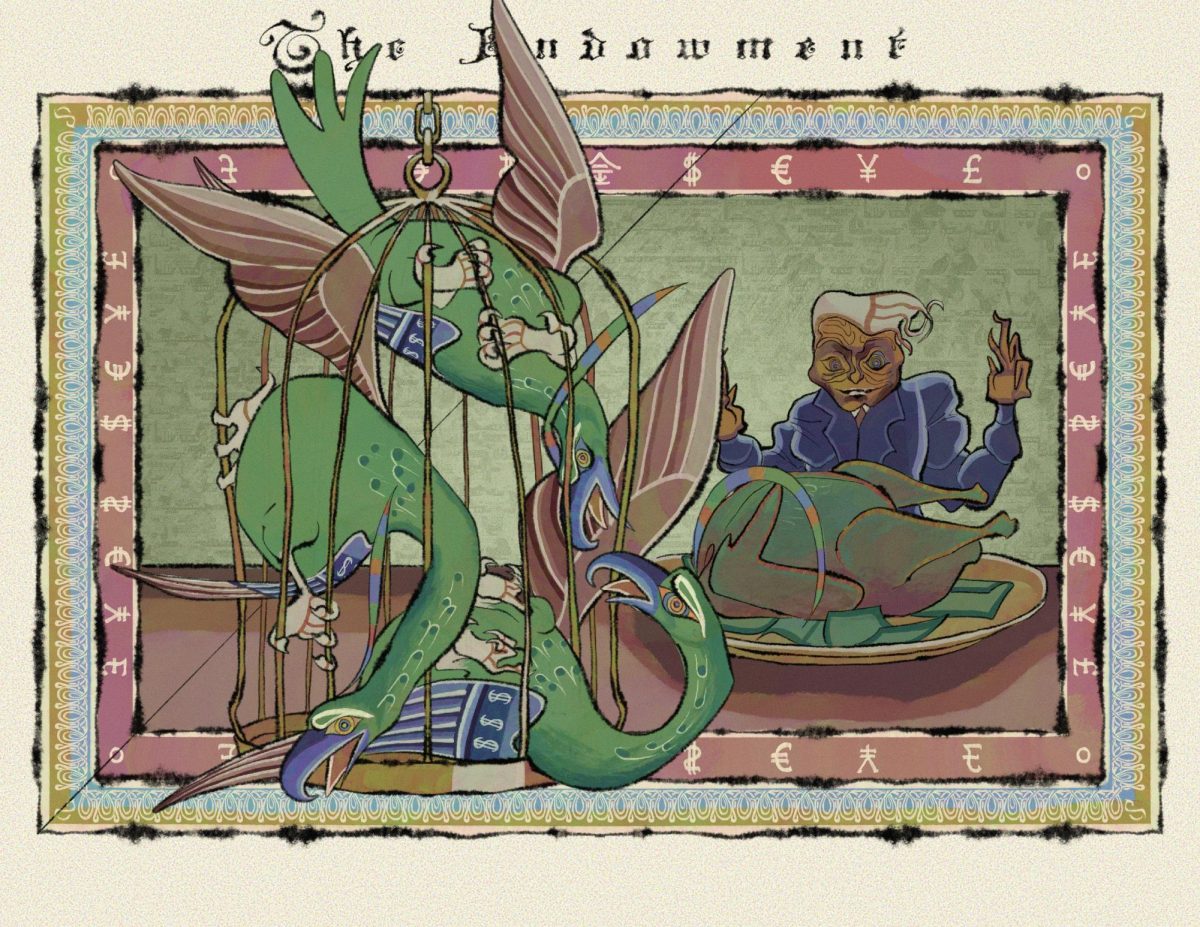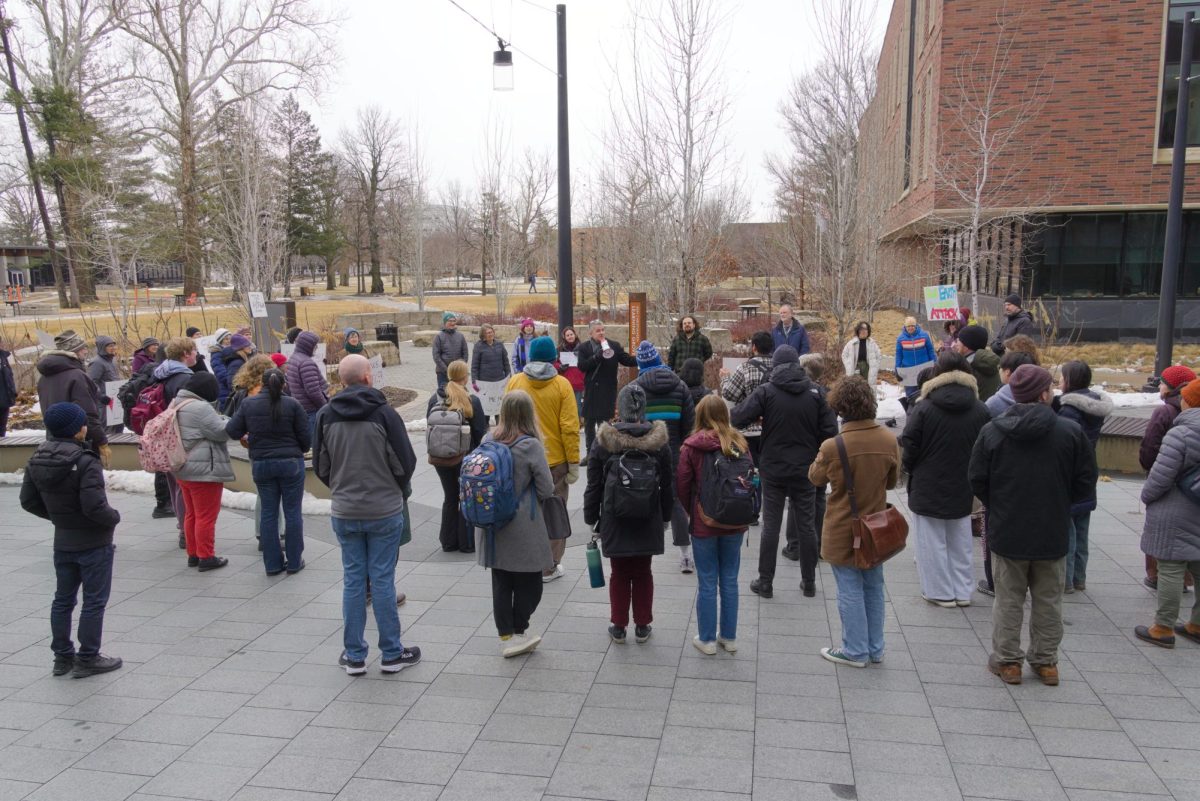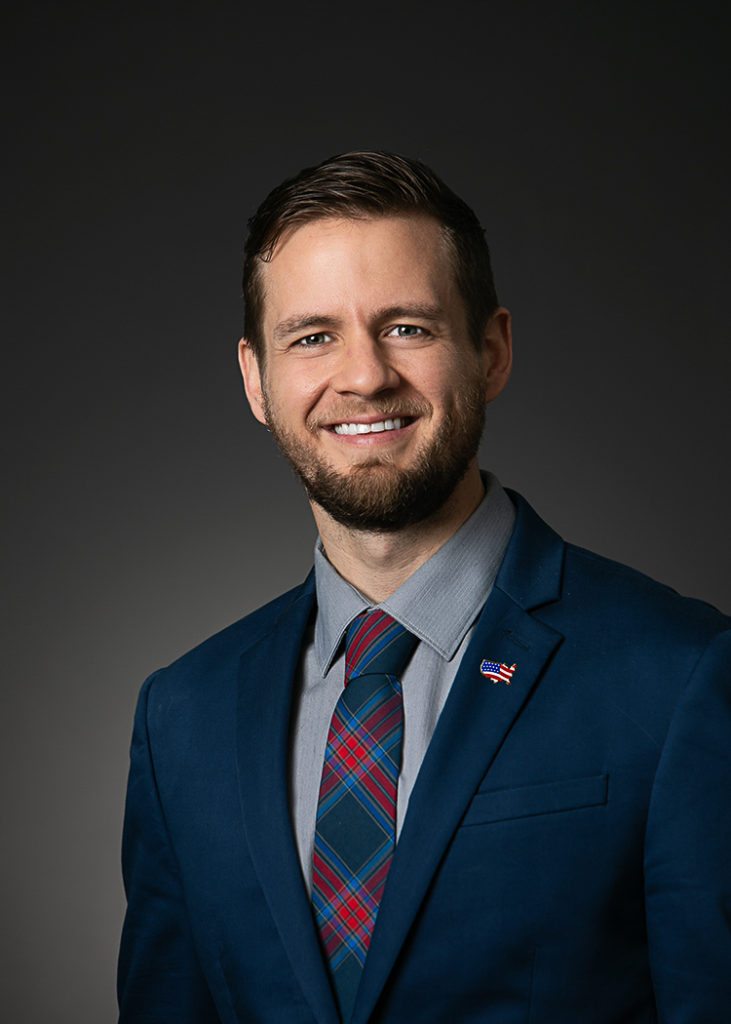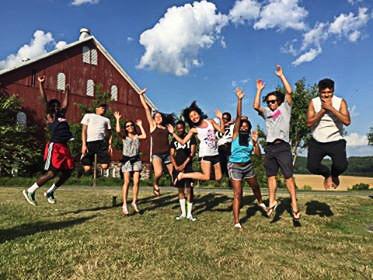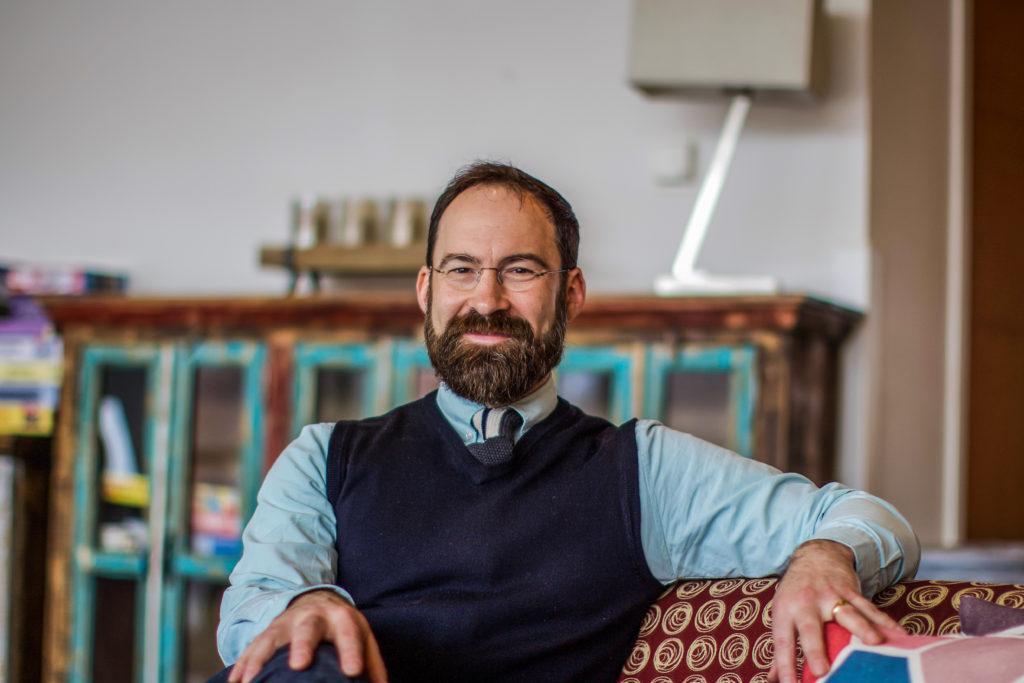
By Shabana Gupta
guptasha@grinnell.edu
Now that Toni Morrison’s name has been inscribed in the wall of the HSSC atrium, discussions are starting up about which other names will take a place in the atrium as a part of the College’s Inscriptions for the Future initiative. Morrison’s is the first of what will be a total of 12 names.
According to Caleb Elfenbein, chair of the Center for the Humanities who is guiding this process, the names to go up will be nominated by the Grinnell College community and decided upon by to-be-formed committees. Currently, the only criteria for being nominated is that the person needs to have passed away. Future inscriptions could represent writers, scientists, musicians or thinkers in any other profession, as long the Inscriptions for the Future selection committee has approved their name.
“It’s really important to have the opportunity over time to reflect on someone’s life and legacy, in part because you can only measure someone’s lasting influence once their immediate effect on the world has passed,” Elfenbein said.
Elfenbein said that he wants to involve multiple generations of students in the selection process, pacing out nominations over the years so that these reflections are inclusive of the Grinnell community on a broad scale. Even though the first inscription has just been announced, he said that lobbying has already begun for the next names.
“People have ideas about how things might go, some people have already suggested a name for the last limestone placement,” Elfenbein said. “I really hope people start thinking about what names they want to see on the wall, and why. What does it mean to see a certain name on the wall and feel that they belong?”
Students are starting to think about what other names should be on the wall. Interviewed by The S&B while studying in the HSSC atrium, Paula Persiani ’22 suggested Langston Hughes and Pablo Neruda as two possible engravings for the frieze above her. C’Erra Houston ’21 suggested Audre Lorde, whose work she has recently been reading in class.
Elfenbein said that he intends to implement programming and class curricula centered around future nominations in order to motivate people to think about possible names to go on the wall, and to inform students about these nominations. He wants the entire inscription process to be as open as possible. Elfenbein added that this means keeping a detailed, accessible record of how every name is decided and allowing all groups on campus to contribute to the decision process. He expects controversy around many of the names which are nominated. Most people who have been “thought leaders” have done questionable things, in addition to great ones. “How, as a community, are we going to navigate those inevitable controversies?” Elfenbein asked, rhetorically.
President Raynard Kington expressed a similar concern in his interview with The S&B for last week’s article about the Morrison inscription, invoking Gandhi as an example of someone who did “things that were not so great.” Kington framed education as a processing experience, with room for both rejection and debate. “What I hope is that the names will stimulate intellectual engagement. It’s okay to look up there and see names you don’t agree with; that’s intellectual engagement as well,” Kington said. “We hope that there’ll be a thousand conversations of ‘Who do you think should be up there?’”
After all 12 names have been inscribed on the wall, Elfenbein said that he is thinking about having an area in the HSSC atrium dedicated to information about the those inscribed, explaining how the thought leaders represent more than just names on a wall.
